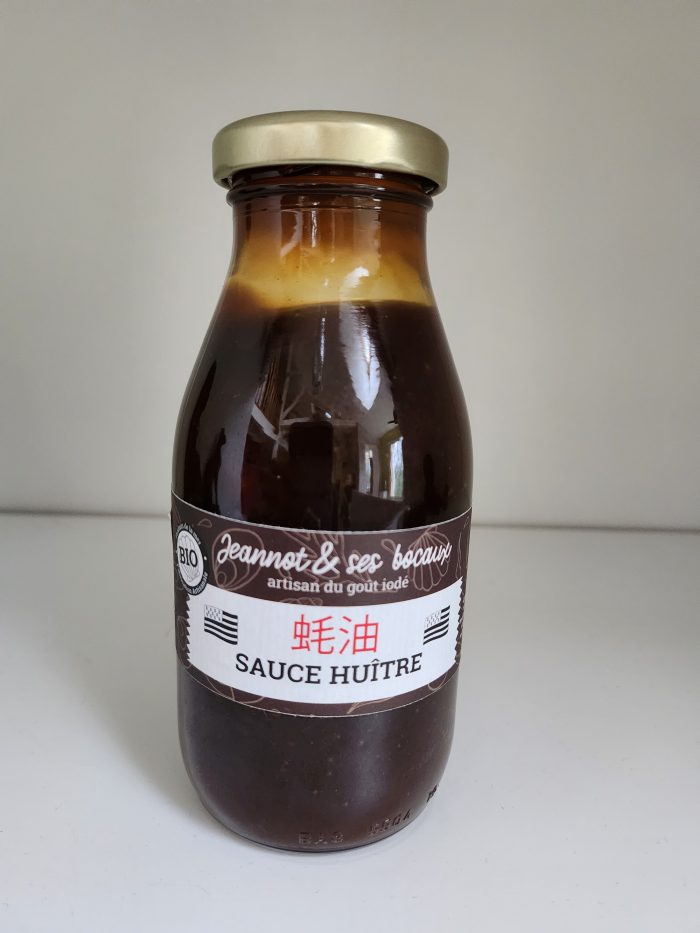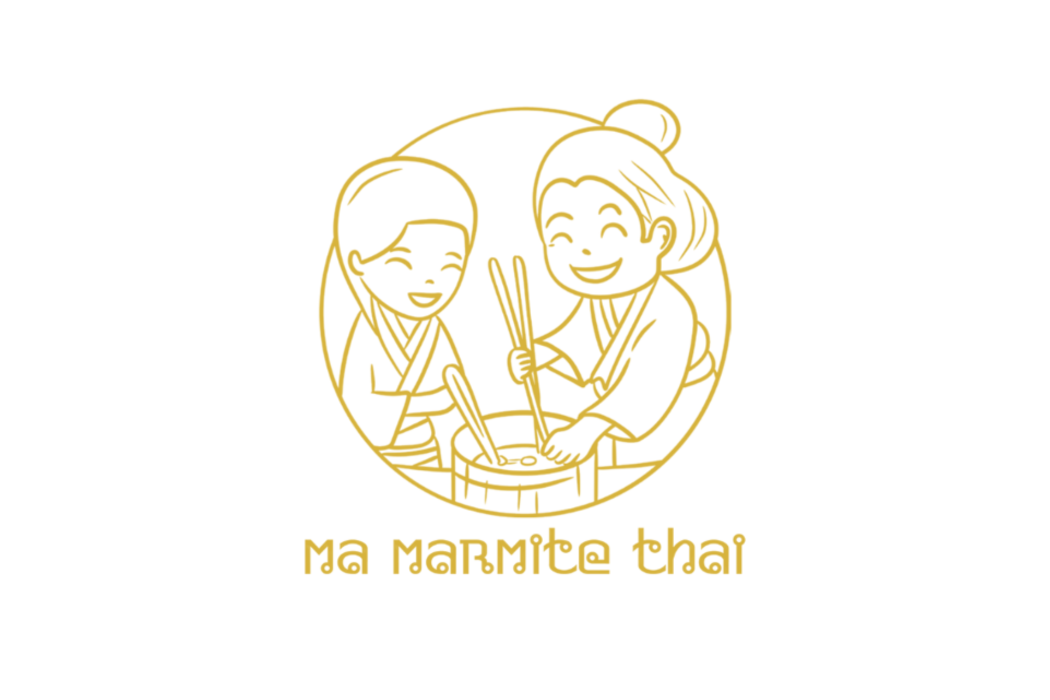Customer testimonials
Recipe optimization for a 100% French oyster sauce: the CTCPA supports Jeannot and his jars
03
Apr

Published on: 03/04/2023
The CTCPA helped JEANNOT ET SES BOCAUX optimize its 100% French oyster sauce recipe. A look back at Jeannot & ses bocaux's business and our support with co-founder Jean RAIGNER.

"We're delighted with our support. Nicolas knew how to get us where we wanted to go."
How did the Jeannot canning factory and its jars come into being?
Trained as a cook, I worked for 15 years in the restaurant business, then covid came along and I found myself out of work. I then had the idea of making jars and selling them. In the meantime, I volunteered my services to local farmers via Facebook. An oyster farmer replied, so I went out to discover his trade and help him for several weeks. I then learned that there was a huge amount of unsold "out-of-calibre" oysters. These oysters continue to grow and are maintained on the same circuits as conventional oysters. However, they stay one or two years longer in the beds and take up a lot of space. For export, they are sold for a few cents per kilogram. So that's when I decided to put these unsold oysters to good use!
What do you offer at Jeannot et ses bocaux?
I quickly teamed up with my mother and we developed several recipes for oyster-based aperitif spreads. We also became interested in shellfish farming, which faces the same problems as oyster farming.
Today, our model has evolved. We focus on our flagship product: oyster sauce. This is a traditional Asian recipe. Its highly concentrated, iodized taste (a blend of oysters and soy sauce) brings out the Umami in dishes, making every plate a journey! Our sauce is highly sought-after and recognized, because we're the only ones to make it in Europe. In fact, all other sauces on the market are industrially produced. Our sauce is referenced in restaurants such as Michel Sarran, La Mère Brazier and Pento Baguette.
At Jeannot & ses bocaux, we work in an artisanal way with local players. As part of our ecological approach, we have chosen to recycle unsold products, but this also extends to our packaging: our labels are made from recycled paper, and our inks and solvents are biodegradable.
Why did you work with the CTCPA?
The first version of our recipe was developed without the use of food-processing tools, and we weren't satisfied with the result. In fact, the texture wasn't close enough to "industrial" oyster sauce. To gain credibility, we wanted to get as close to this texture as possible! As we were looking for product development, the CTCPA was recommended to us! So we contacted Nicolas LEHEBEL.
How did CTCPA support Jeannot and his jars, and what did you think?
The CTCPA helped us develop the recipe and define the pasteurization parameters:
- Advice on acidifying the recipe for pasteurization processing
- Choice of texturizers
- Finalizing the scale
- Tasting, discussions on future development, speeches with restaurateurs....
We're delighted with the support we've received. Nicolas LEHEBEL is an exceptional person who knows his subject very well. He knew how to get us where we wanted to go. He listens to our wishes and is very professional.
We were keen to change the texture and quickly realized that sterilization broke down the texturizing agents, so we switched to pasteurization.
What we really appreciated were all the agri-food techniques for industrializing a product, provided by Nicolas and the CTCPA team. He shared with us some incredible, affordable and easy-to-use tools that we were not familiar with, such as the refractometer.
__
CONTACT JEANNOT AND HIS JARS :
- Jean RAIGNER - jeannotetsesbocaux@gmail.com
- jeannot-bocaux.fr
CONTACT CTCPA :
- CTCPA Nantes: nantes@ctcpa.org
- Nicolas LEHEBEL, technology project manager: nlehebel@ctcpa.org
The development of food products, processes and packaging is at the heart of our DNA. As a technical center, our mission is to identify, test and advise on innovations processes, products, ingredients, packaging for a organoleptic experience, and health of your consumers. You have a project? Please contact us!






